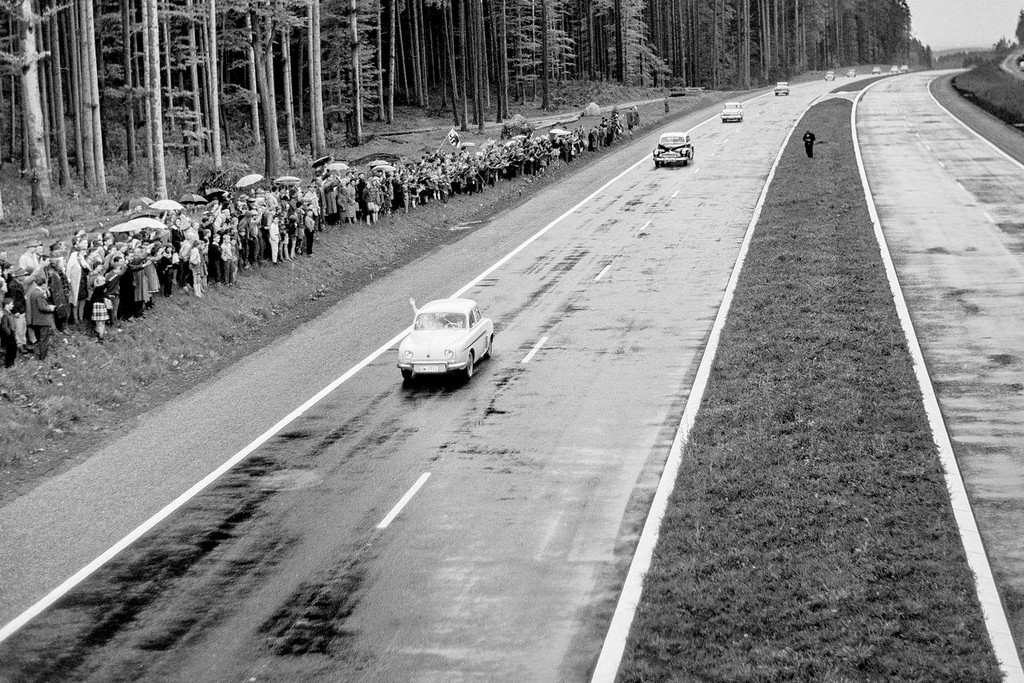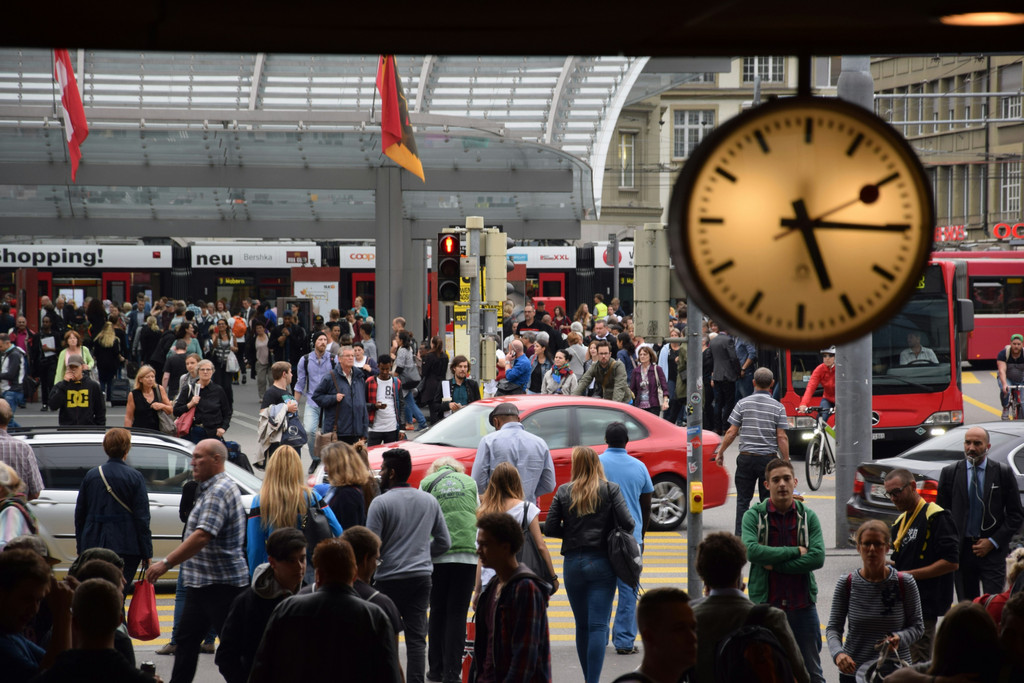When the first cars began appearing on Swiss roads towards the end of the 19th century, this development did not go down well in all quarters. There were major concerns that the new form of transport would endanger not only pedestrians but also traditional horse-driven forms of transport. The canton of Grisons reacted most vehemently. It unceremoniously imposed a general ban on motor vehicles in 1900. This was not lifted until 1925 and only after ten referendums.
The world is now once again facing a technological development that will entail far-reaching changes for the transport system. The key concept here is driverless cars. To ensure that the public and legislators are not taken by surprise again as they were many years ago, the Federal Roads Office (FEDRO) is already preparing the ground. The recently updated strategic direction for 2040 reveals just how precisely defined its plans already are. “While only completely driverless vehicles will be permitted on certain sections of road and at certain times, vehicles with and without steering wheels will travel on other sections,” it indicates.
Not a legislative project yet
But what exactly is the Federal Office envisaging? Will motorists who prefer their old-fashioned cars have to stick to the cantonal roads 20 years from now to get from Zurich to Berne? FEDRO underlines that the paper is a vision and not the actual formulation of a proposal. There is currently no legislative project that would prevent non-autonomous cars from using sections of road. “We are currently focusing on issuing special permits for driverless vehicles,” says media spokesperson Thomas Rohrbach, referring to projects such as “Olli”, the driverless bus in Zug, and the unmanned PostBus in Sion.
Transport Minister Doris Leuthard raised the prospect of test routes for driverless systems two years ago in an interview with “Schweiz am Sonntag”. FEDRO Director Jürg Röthlisberger recently indicated again that such routes could be introduced within two to three years. Regular operation is conceivable within eight years. The main reason for the protracted timeframe is legal issues, in particular liability in the event of an accident. A motion put forward by National Councillor Thierry Burkart (FDP/Aargau), which calls for greater legislative flexibility in view of technological developments, was referred to the second chamber in June.
The “exclusive” sections of road – outlined in FEDRO’s 2040 vision – nevertheless take things a step further. The Federal Office envisages “state-of-the-art separated carriageways without stopping traffic and intersections”. In other words, motorways with relatively few junctions. “It may look something like the A1 between Estavayer and Yverdon or the A9 in Valais. And why not have a long car tunnel like the Gotthard?” remarks Rohrbach.
Sharing cars
Those wanting to travel these routes with manually controlled “vintage” cars would effectively be excluded. However, FEDRO points out that most vehicles will be driverless by 2040 and nobody will have to miss out on rapid travel – several people will be able to club together to use driverless cars upon payment of a corresponding fee. “Nobody would have to own a car as people would share them instead,” explains Rohrbach.
The Federal Office’s plans for the roads have not been welcomed by everyone. “At the moment, this scheme is little more than a pipe dream of officials,” says François Launaz, President of Auto Schweiz, the Swiss automobile association. Certain road users cannot be discriminated against. It is also unclear how this type of “two-tier system” could be managed. Manfred Wellauer of the Motor Trade Association of Switzerland regards the timeframe as too optimistic: “As cars on Swiss roads are eight to ten years old on average, it would mean that most of the cars sold from 2030 would be fully driverless models, which I don’t believe is realistic.”
Driverless vehicles are both a blessing and a curse for the automotive industry. While mechatronics technicians will service and maintain an increasing number of electronic components, panel beaters will see their livelihood under threat as one day there will be hardly any accidents.
Antonio Fumagalli is domestic affairs editor at the “Aargauer Zeitung”
Picture Driverless cars on Swiss roads – a model for the future or a flight of fantasy? (Pictured: a Google driverless car) Photo: Keystone











Comments